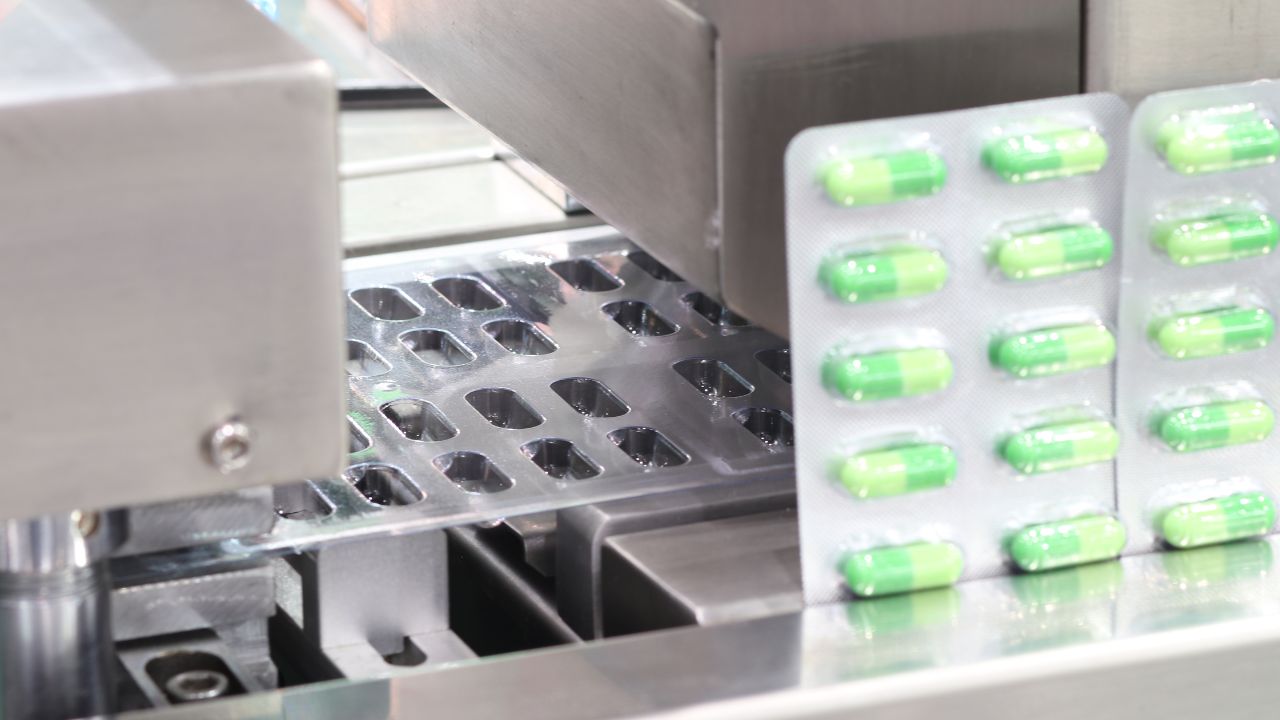Espresso Beans Wholesale: A Manual for Businesses in Search of Bulk shopping
The worldwide espresso enterprise is a thriving market [ ]

The worldwide espresso enterprise is a thriving market [ ]

In the pharmaceutical industry, the choice of equipment [ ]

Wholesale computer supply is a great decision for busin [ ]

Getting pencils in bulk is a great business opportunity [ ]

Champagne flutes are an elegant way of portraying celeb [ ]

Selecting the right automatic filling machine is critic [ ]


China has emerged as a global leader in many manufactur [ ]

China s labeling machine manufacturing industry h [ ]

The efficient distribution of vaccines, particularly du [ ]